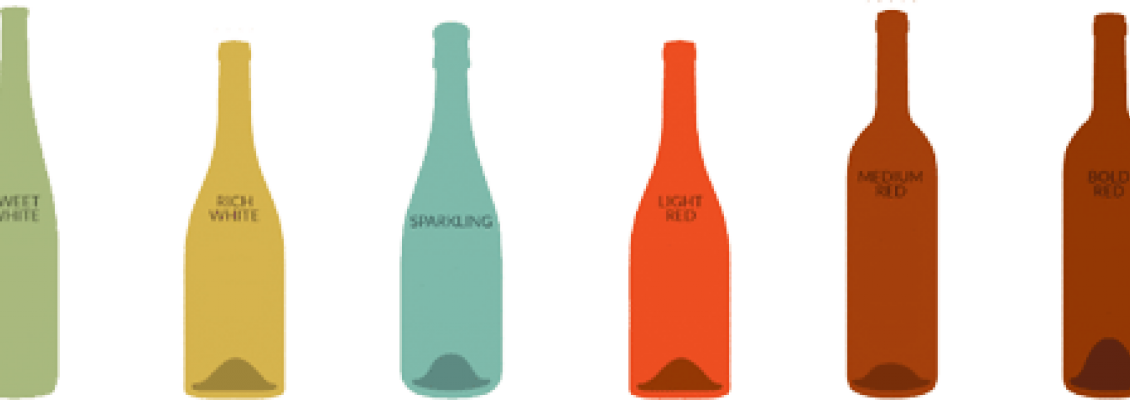Sweet, Dry, Semi-Dry


Wine creation, is both a living and magical process.
Fermentation is a key step, where the yeast converts the grape's sugar into alcohol. This process stops only when the yeast has saturated or when there is no sugar left and if nature is in control. If the winemaker decides to intervene, then by taming the yeast, he keeps a part of the unfermented sugar in the wine. Intervention can be done in several ways, one of which is the addition of alcohol. Wines that are produced in this way, are called enhanced or fortified wines, both of which are sweet and high in alcohol, such wine is our beloved Mavrodaphne.
Depending on the degree of residual sugar that has remained in the wine, either because the yeast's action was successful, or because the winemaker chose to intervene, the wines are divided into the following four categories. Dry, Semi-dry, Semi-sweet and Sweet. Indeed, as a general rule, dry wines are higher in alcohol and sweet wines have less alcohol.
Dry: sugar content up to 4gr per litre
Semi-dry: sugar content from 4gr up to 12gr per litre
Semi-sweet: Sugar content from 12gr up to 45gr per litre
Sweet: Sugar content of more than 45gr per litre